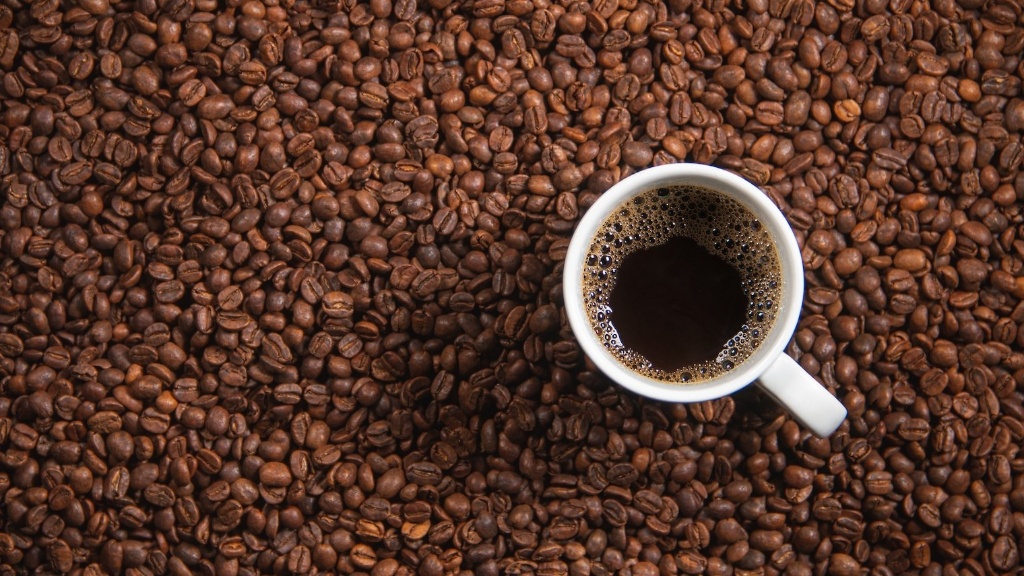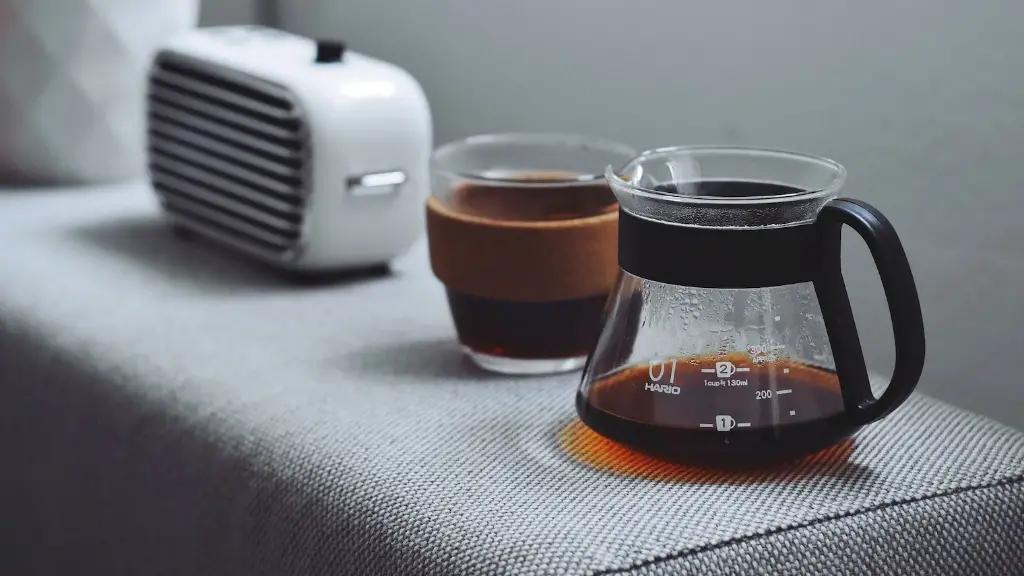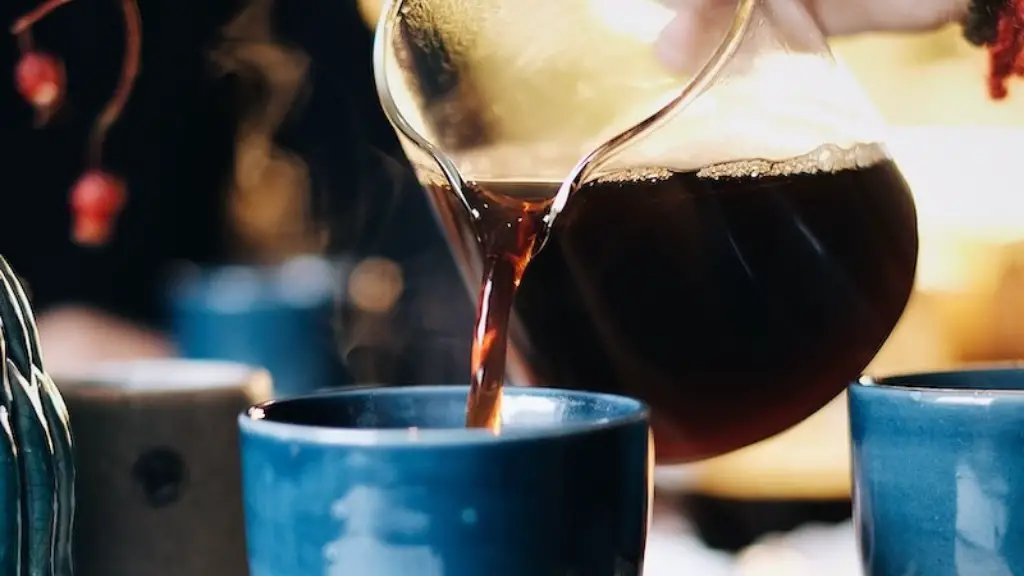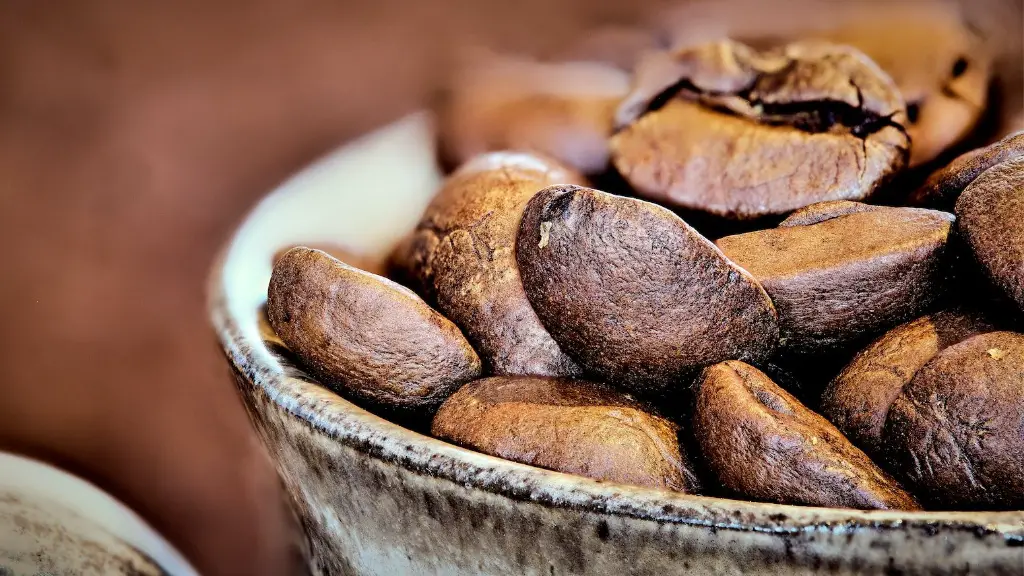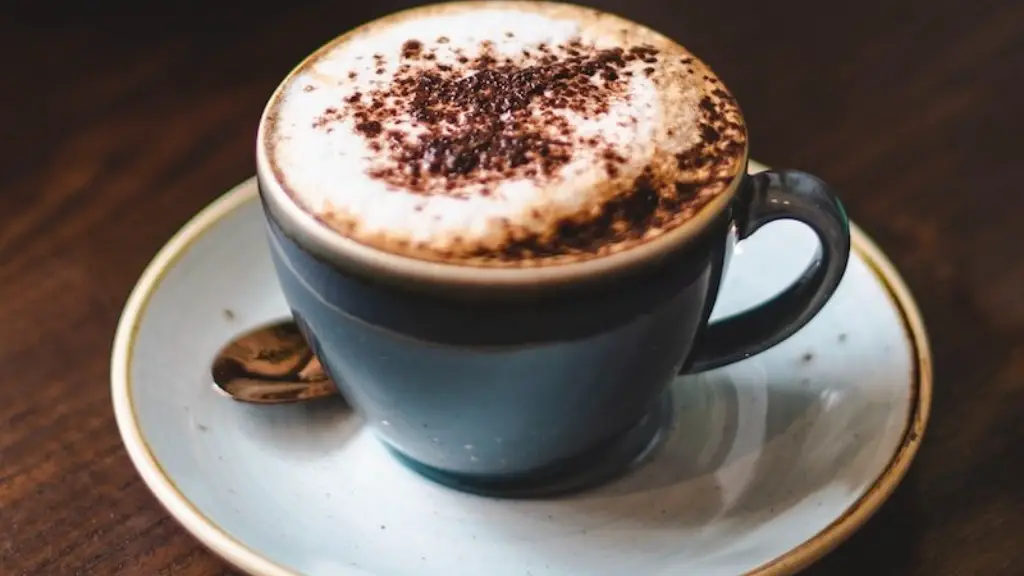If you’re one of those people who love the smell of fresh coffee, you’re in luck. Roasting your own beans at home is not only easy, but it’ll make your house smell amazing. All you need is a stovetop, a popcorn popper, and some green coffee beans.
There are three main methods for roasting coffee beans: dry roasting, wet roasting, and air roasting.
Dry roasting is the most common method of roasting coffee and it produces a consistent and uniform roast. The beans are heated in a roaster until they reach the desired temperature.
Wet roasting is a less common method whereby the beans are soaked in water before they are roasted. This method produces a sweeter and more aromatic coffee.
Air roasting is the least common method and it produces a coffee that is lighter in body and has more acidity. The beans are roasted in a hot air roaster and they are constantly moving to prevent them from burning.
How do you roast raw coffee beans at home?
To roast beans in a grill/pan, maximize ventilation by placing a thick pan on medium heat and adding a shallow layer of beans to the pan. Keep stirring and listen for the first crack after 4-5 minutes. Listen for the second crack after 6-7 minutes and dump beans into colander. Leave beans exposed for 12 hours to de-gas.
Coffee roasting is the process of heating green coffee beans in order to produce the dark, roasted beans that we use to make coffee. The roast level, or darkness of the roast, is determined by how long the beans are heated for. Light roasts are heated for a shorter period of time than dark roasts, resulting in a coffee with a lighter body and more delicate flavor.
How long roast raw coffee beans
If your roasting time exceeds 15 minutes, increase oven temperature by 25°F on your next roast. Coffee that takes more than 15 minutes will taste dull in flavour and is considered “baked” instead of “roasted”.
Coffee cherries are the fruit that coffee beans come from. To harvest coffee beans, you first need to pick ripe coffee cherries. Once you’ve picked your coffee cherries, remove the beans from the fruit. Then, take your beans and throw them into some water for a day or two. After that, dry the beans. Once they’re dry, remove the parchment layer. Finally, roast the beans. Once they’re roasted, grind the coffee.
Is it cheaper to roast your own coffee?
Home coffee roasting is a great way to save money on coffee beans. Green (raw) coffee beans are much cheaper than roasted coffee beans, so you can save a lot of money by roasting your own beans at home.
Green coffee beans can be used to brew a beverage, but it will not taste like coffee. The beans will have grassy, vegetal flavors. While you can eat green coffee beans, you may not enjoy the flavor.
How long should coffee rest after roasting?
Leaving coffee to rest for 5-14 days post-roast allows the flavors to open up and provide more clarity to the cup. This results in extracting the flavor from the coffee beans rather than the trapped C02, which often leads to high acidity and sourness in fresh roasts.
The coffee beans that you use for your espresso should be rested for at least five days after the roasting date. For pour over and drip coffee, we recommend that you use coffee beans that have been rested for at least four days. However, some coffee beans actually peak after two to three weeks.
Why do you spray water on coffee beans
If you notice your coffee grounds clinging to metal surfaces or flying away from the portafilter while grinding, this technique may help. Try spraying or adding a ‘droplet’ of water to your coffee beans to reduce static-loaded coffee grinds and grind retention.
If you’re looking for a coffee with a bold, intense flavor, you may want to avoid very dark roasted beans. The oils on the surface of these beans can oxidize quickly when exposed to air, leading to a rancid taste.
Can you drink freshly roasted coffee beans?
Conclusion:
It is almost safe to say that you can drink coffee straight away after roast. Coffee freshness is relevant, but less so than expected. Bear in mind, there might be some green vegetable notes coming out from the cup.
Learning to roast coffee isn’t easy. You have to choose a profile based on the coffee’s origin, altitude, and more. Get it wrong, and your beans might just burn or bake. How hard or soft your beans are (in other words your bean density) will also impact this.
Should you wash green coffee beans before roasting
Thoroughly rinse and wash the green coffee beans in order to cleanse them. Place them in a medium sized frying pan over high heat in order to moisturize them prior to roasting them. This will help to improve the flavor of the coffee beans.
The average coffee tree produces 10 pounds of coffee cherry per year, or 2 pounds of green beans. All commercially grown coffee is from a region of the world called the Coffee Belt. The trees grow best in rich soil, with mild temperatures, frequent rain and shaded sun.
How do professionals roast coffee beans?
The drum is pre-heated to a temperature of around 240 degrees. After 12-15 minutes depending on the type of roast, the roasted beans will exit the drum at around 195 degrees and are then taken out into a cooling tray at the front of the roaster.
For those who want to preserve as much of the the beans’ original flavor, a light roast is the way to go. This roast is also used for milder coffees and single origin beans. Lightly roasting beans results in the coffee having very little body and a high acidity when compared with darker roasts.
Do most coffee shops roast their own beans
The majority of coffee shops and cafés worldwide start by buying their beans wholesale from a roaster. However, more and more coffee shops have started to roast their own beans over time. There are exceptions, but this is generally the standard model for coffee shops in major consuming markets. This allows coffee shops to have more control over the quality of their beans, as well as the taste of their final product.
If you want to make sure you’re getting a quality cup of coffee, it’s important to use freshly roasted beans. According to the National Coffee Association of the United States, ‘fresh-roasted coffee is essential to a quality cup.’ The research backs this up – drinking pre-ground coffee contains more free radicals than freshly ground, which can contribute to oxidative stress and inflammation in the body.
Conclusion
If you want to roast your own coffee beans, you’ll need to start with fresh beans. You can buy fresh beans online or at your local grocery store. Once you have your beans, you’ll need to set up your roasting equipment. You can use a popcorn popper, a stovetop roasting pan, or a speciality coffee roaster. Once you have your equipment ready, you’ll need to preheat it to the appropriate temperature. Then, you’ll add your beans and begin roasting. Depending on your equipment and preferences, you’ll roast your beans for about 20 minutes. You’ll want to pay close attention to the beans as they roast, so you can remove them from the heat when they reach the desired darkness. Once they’re done, you’ll need to let them cool before grinding and brewing.
To roast fresh coffee beans, all you need is a stove top, a pan, and some green coffee beans. Roasting coffee beans is a simple process of heating the beans until they turn brown. Be sure to keep the beans moving around the pan so they evenly. The process should take about 10 minutes. After the beans have cooled, you can then grind them and brew your coffee.
